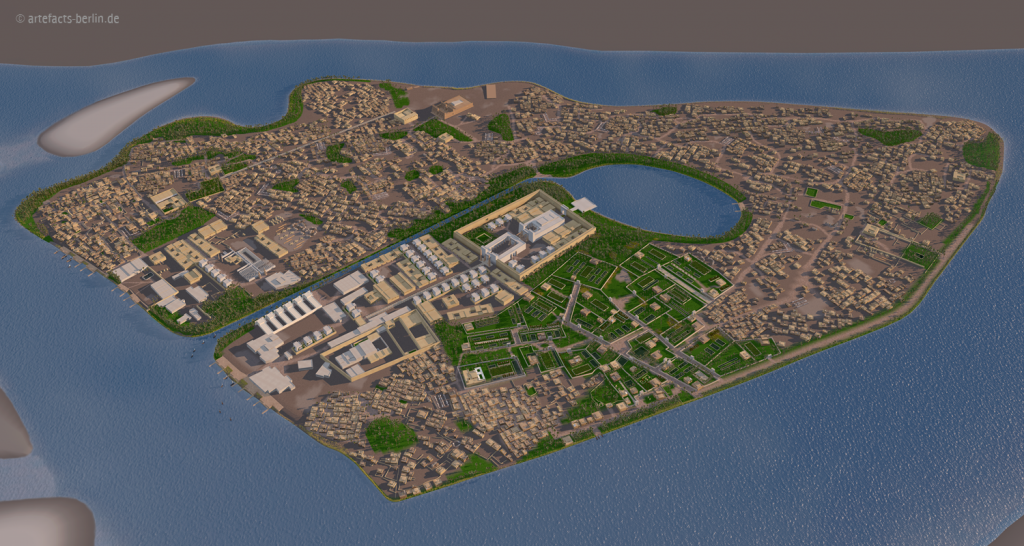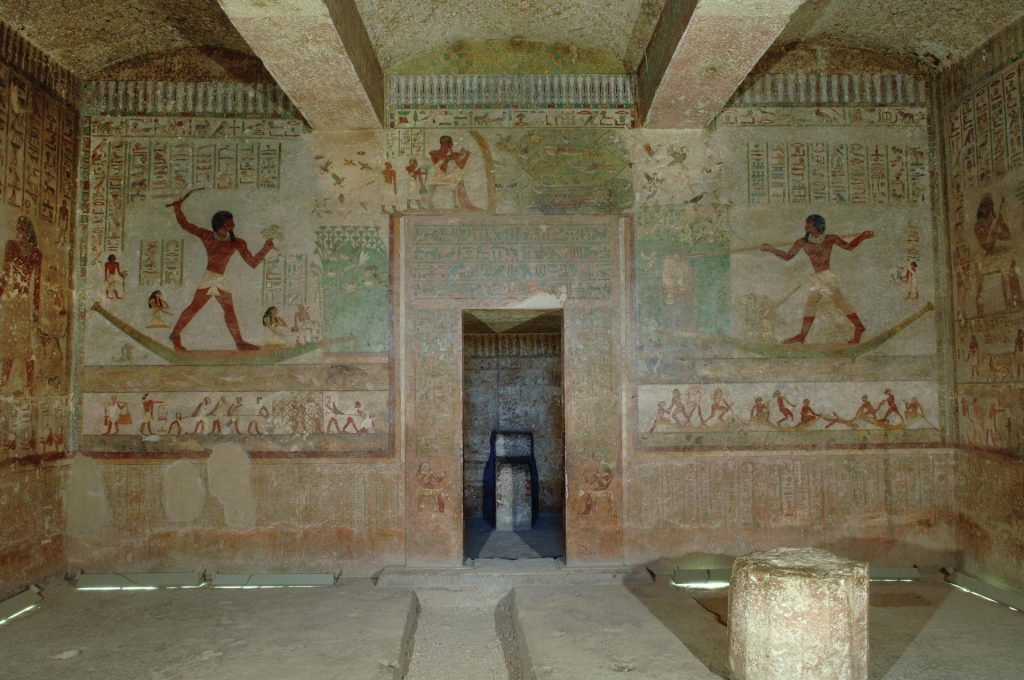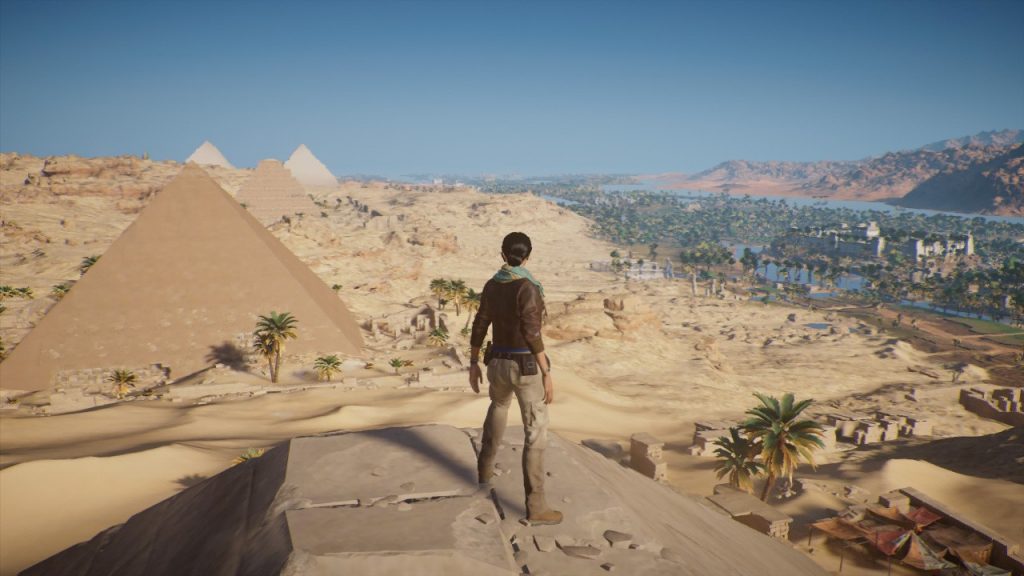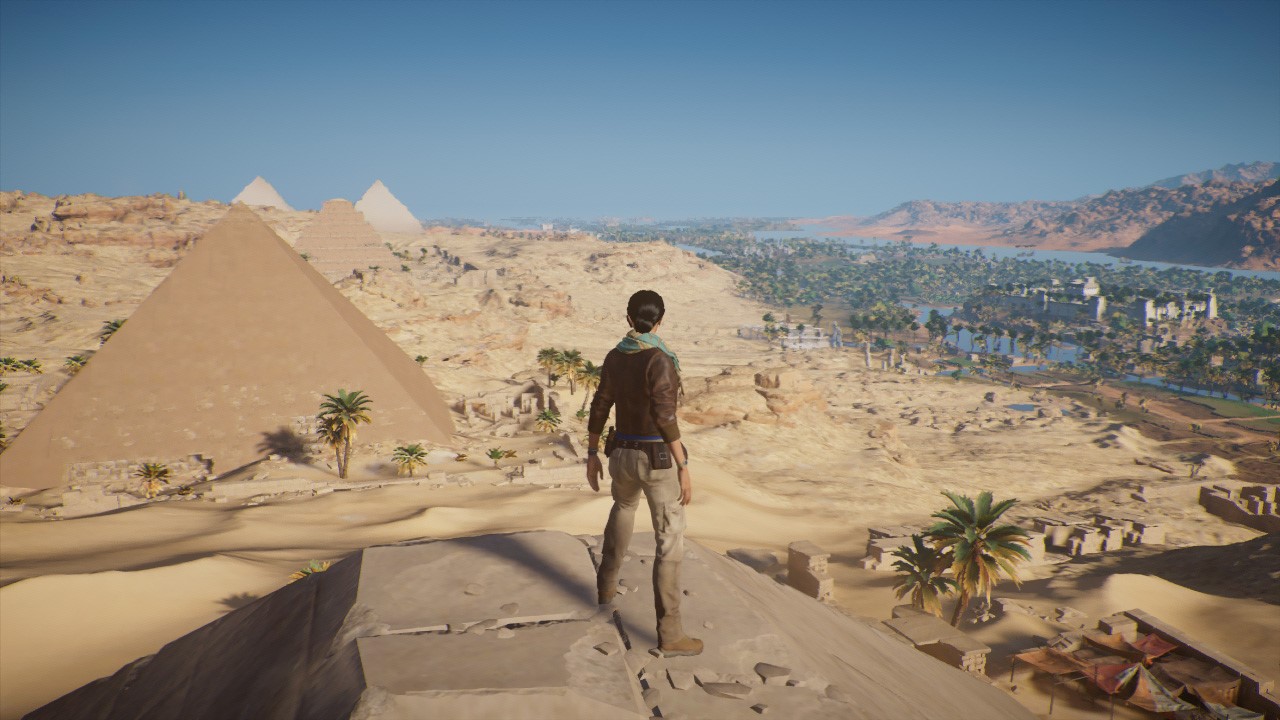Digital Egyptology news can now be followed at my website https://digitalegyptology.org/
Exciting things are happening in the field of Digital Egyptology! A selection of projects:
Tomb of Nefertari
Experius VR have 3D scanned the tomb of Nefertari, allowing you to virtually walk around in it using a Vive headset. The VR experience can be downloaded from Steam. I don’t own a VR headset myself, but this video gives you an impression (play the video, then click and drag to look around):
Pi-Ramesse
I am a sucker for 3D reconstructions, and came across this reconstruction of the city of Pi-Ramese (actually completed in 2016). It was made in cooperation with the Badisches Landesmuseum Karlsruhe, the Roemer- und Pelizaeus-Museum Hildesheim and the Qantir/Pi-Ramesse excavation project. It brings to life an area that is now covered in agricultural fields. This video presents the project and lets you fly over the city.

Wadi el Hudi
The Wadi el-Hudi Expedition in Egypt’s Eastern Desert makes use of various 3D recording technologies in their fieldwork. Also, they intend to present the discovered archaeological sites and artefacts in 3D to the public. The digital methods they employ (RTI, photogrammetry, 3D modeling among others) are described on their website.
Few of the scanned artefacts can be found on Sketchfab, but more will be made available:
Lately I’ve been researching the possibility of creating a database of all Old Kingdom elite tomb owners and applying social network analysis to the data. Fortunately or unfortunately, the Czechs have beat me to it! Veronika Dulikova and her team created exactly such a database, containing data about 5,000 individuals. With help from the Czech Technical University networks will be generated based on this data. A little jealous but also glad that this tremendous work is being undertaken, I am greatly looking forward to the results!
Beni Hassan
Macquarie University is developing a visual dictionary for the Middle Kingdom elite tombs at Beni Hassan. This will include “accessible descriptions of the various themes, scenes, details and architectural features in a tomb, Jsesh transcriptions, transliteration, and translation of the hieroglyphic inscriptions, in addition to high resolution zoomable photographs and line drawings”. A very admirable project. I would love to do something similar for the MastaBase project!

Machine learning
Can you teach a computer to translate hieroglyphs? Ubisoft and Google are cooperating in a project to achieve just that. In a crowdsourcing effort you can assist them by drawing hieroglyphs on your screen. It is interesting to see how archaeogaming (Ubisoft consulted with Egyptologists for their game Assassin’s Creed Origins set in Ptolemaic Egypt), computer science and the public are coming together in this. (PS: I plan to do a separate blog post on how the Memphite necropolis is rendered in Assassin’s Creed Origins).

Cuneiform tablets
Something different, from our Assyriological friends: at the Persia and Babylonia project we’ve had a visit from Annelies van de Ven (Melbourne University) who 3D scanned a number of cuneiform tablets for us. Using photogrammetry and RTI, she demonstrated these methods in a fieldwork setting. A first result can be viewed here (especially the reverse side is clear):

De VR-beelden van QV66 zijn de moeite waard om te bekijken maar tonen aan hoe lamentabel het gesteld is met de toestand van het graf van Nefertari.